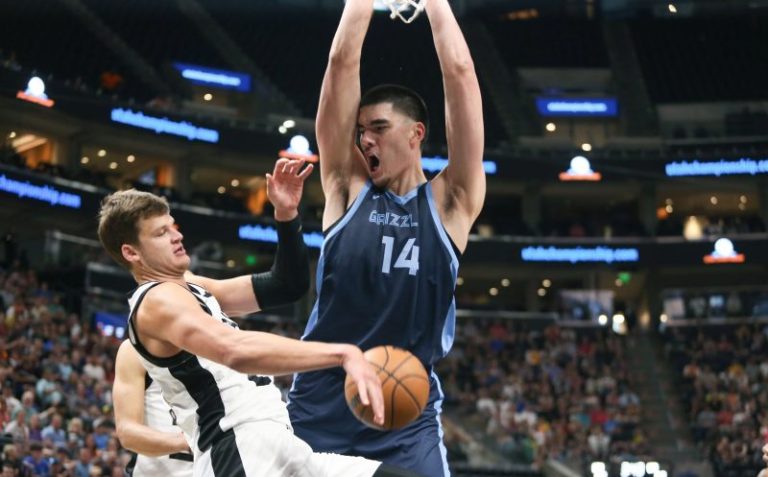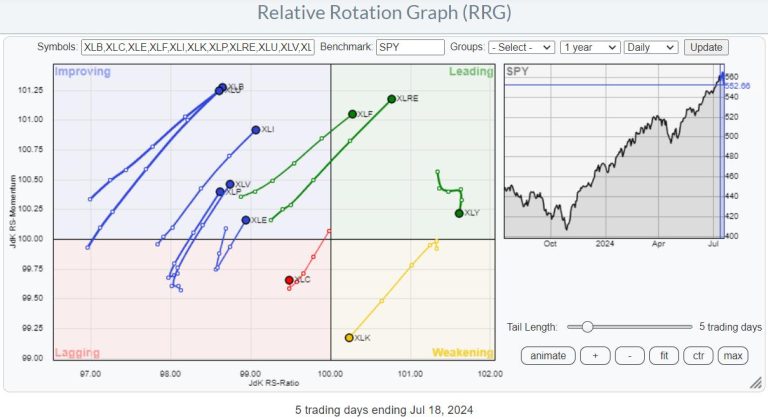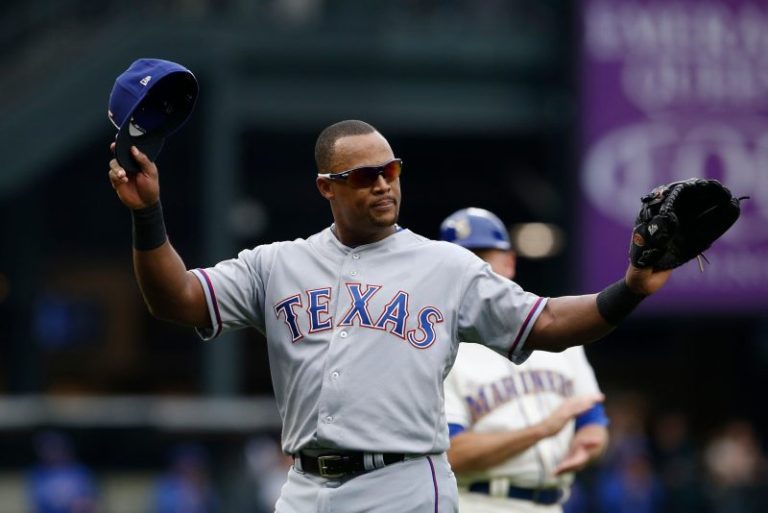COOPERSTOWN, N.Y. − Adrian Beltre, just 21 at the time, was working out in the back fields early one morning at the Los Angeles Dodgers’ spring training complex at Vero Beach, Fla., when his agent, watching nearby, became alarmed.
Beltre, who made his major-league debut three years earlier after signing for $23,000 out of the Dominican Republic, looked frail and pale.
“I heard he wasn’t feeling well, so I go up to him,’’ agent Scott Boras tells USA TODAY Sports. “I couldn’t believe how bad he looked. He looked terrible, and his face is as white as mine. I said, ‘What is wrong with you?’
Beltre pulled up his T-shirt, pointed to his side, and there it was, an actual colostomy bag.
“I said, ‘What? Let me see that,’’’ Boras said. ‘Adrian, you have a systemic infection. We’ve got to get you off the field. I took him to a Dodger internist and we immediately flew to LA. He was in the hospital for three weeks. He lost 30 pounds. He had a very serious systemic infection.
Follow every MLB game: Latest MLB scores, stats, schedules and standings.
“And he’s taking ground balls with a colostomy bag.’’
Beltre, who had undergone and emergency appendectomy in the Dominican before spring training, was suffering from a life-threatening infection from the ruptured appendix.
He missed a month and was back playing the rest of the 2001 season.
“That’s Adrian Beltre,’’ Boras said. “All he wanted to do was play baseball. Most guys are very exuberant, maybe cocky, when they’re really good and they’re young. Adrian was never that way. Never.’’
It was the infancy of the legend of Beltre, who Sunday afternoon (1:30 p.m. ET), will be inducted into Baseball’s Hall of Fame alongside Colorado Rockies first baseman Todd Helton, Minnesota Twins catcher Joe Mauer and manager Jim Leyland.
Beltre epitomized toughness. If he was breathing, he was playing. No matter the injury, no matter the intensity of pain, Beltre refused to come out of games.
There was the time in 2009 when a sharp ground ball smashed into his right testicle, which swelled to nearly the size of a grapefruit, and he remained in the game, scoring the winning run in the 14th inning for the Seattle Mariners. He played with painful bone spurs in his left ankle in 2004 where he could barely walk without limping, and still hit .334 with a career-high 48 homers, finishing second in the NL MVP race. He played with abdominal strains, hamstring strains, torn thumb ligaments, you name it, he kept playing.
“Most guys are done for a month with the hamstring strain he had with us one year,’’ former Texas Rangers GM Jon Daniels said. “He’d come in and says, ‘Give me a couple of hours.’’’
That was the legend of Beltre, playing 21 years, and becoming one of only four players in baseball history who have produced 3,000 hits (3,146), 400 homers (477) and five Gold Gold Glove awards.
The others: Willie Mays, Carl Yastrzemski and Dave Winfield.
“I remember being traded to the Los Angeles Dodgers in the Mike Piazza deal (May 14, 1998), and they brought up this young guy to play third base,’’ said Gary Sheffield, who hit 509 home runs. “Well, one of the first games he played (June 28), he let a ball go through his legs, and we lost (6-4 to the Pirates). After the game he was in the locker room, with his head down.
“I walked over, made him lift his head up, and I told him, ‘Son, you’re going to be a Hall of Famer one day. When the game is over, it’s over. Don’t bring that in here. You’re too good.’’’
Now, 26 years later, the man Sheffield anointed as a Hall of Famer, is officially joining baseball immortality, with Sheffield flying in from his Florida home to attend his first induction ceremony.
Rangers third baseman Michael Young long admired Beltre across the field, but when Beltre signed a six-year, $96 million contract with the Rangers in January, 2011, it meant that Young would have to move to DH. The Rangers even talked about trading Young to the Colorado Rockies.
“It was a tough winter,’’ Young said. “I was in a big head-butting contest with the Rangers.’’
So, when the Rangers signed Beltre, giving him a sixth-year vesting option to keep him away from the Los Angeles Angels (“We were convinced he was the right fit after talking to him,’’ Daniels said), guess who was his first teammate to call him?
Yep, Young.
“I thought it would be tough for Adrian hearing that coming to a new team,’’ Young said. “So I told him this had nothing to do with you, and I wanted to make sure he could come to Texas with a clear head and play baseball.’’
Said Daniels: “Michael did such a great job. He made it work. Really, he made it comfortable for everyone.’’
Young and Beltre became best of friends, and together, led the Rangers to back-to-back American League pennants.
“When I played against Adrian, I admired him a lot because, one, he played through injuries,’’ said Young said. “He’s a tough dude. Played hard. Teammates loved him. It’s easy as an opponent to really, really like and respect guys like that.
“When I played with him, at 7:00, when the first pitch goes and the lights go on, he’s not just here. He’s here to win. When you have a good team, and a guy like that walks in the door before the first game is even played, we just got so much better.
“Obviously he’s a great player, just the way he approaches the game.’’
It’s no different than the way he’s been preparing his Hall of Fame speech. He has been working on it for nearly six months now, but didn’t submit it to the Hall of Fame until late last week. He wants it to be perfect, particularly speaking in English, his second language.
“Just how to deliver, that’s going to be the big part,’’ Beltre said. “I can’t speak (perfect) English, and once I get there, it’s going to be a mess, but I’m going to get up there somehow.’’
Beltre didn’t even play for the Rangers until the final eight years of his career, but this is where he became a legend, putting up spectacular numbers, leading to the Hall of Fame.
Beltre, with a .275/.329/.462 slash line in his first 13 years, hit .305 with an .866 OPS in Texas, finishing three times in the top seven of AL MVP balloting. He hit .308 with an .873 OPS, averaging 28 homers and 94 RBI from 2011-2016 during his original Rangers’ contract.
He became a living, breathing icon, and although he was the most respected player in the room, he was the one his teammates loved to tease. Beltre, you see, absolutely hated anyone but his barber tough his scalp. Well, former teammate Elvis Andrus would always flip Beltre’s helmet off his head during home run celebrations, and as Beltre was high-fiving his teammates, Andrus would pat his head, and then run for his life.
Really, few players had more fun than Beltre on the field. He once picked up the on-deck circle and moving it closer to home plate, prompting an ejection by veteran umpire Gerry Davis. He walked to the plate once wearing his batting helmet backwards because he was facing reliever Pat Venditte, who threw left-handed and right-handed. He once sprinted all of the way into left field to avoid a tag at third base. He constantly questioned the umpire’s strike zone, even when the pitch was right down the plate.
Inside the clubhouse, he was the Rangers’ judge in kangaroo court, even wearing a robe and white curls, and was their ultimate leader, unafraid to criticize older veterans, coaches, even front office staffers.
He wanted the best for the Rangers organization, no matter their job title.
“He really taught me everything about baseball,’’ said San Diego Padres All-Star outfielder Jurickson Profar, who was raised in the Rangers’ organization. “He’s really the one who helped me have the career I’ve had.’’
Few had more fun than Beltre on the field, but few were more serious, too.
“He towed that line perfectly,’’ Young said. “He had a blast playing the sport he loved, but there also wasn’t anybody who was more competitive or more intense.’’
That was Beltre, who not only wanted to set an example for his teammates, but really, for everyone who played the game of baseball.
“You need to understand there’s people watching you, people looking at you,’’ Beltre said. “Not just what you do on the field, how you carry yourself around other people. The kind of person you are. Not just to be a good player, but a good human being.
“You always want to create leaders, not only for the game, but also for life too.’’
The man epitomizes the definition of a baseball Hall of Famer, and his legacy will now live forever in Cooperstown, right where it belongs.
Follow Nightengale on X: @Bnightengale
This post appeared first on USA TODAY










